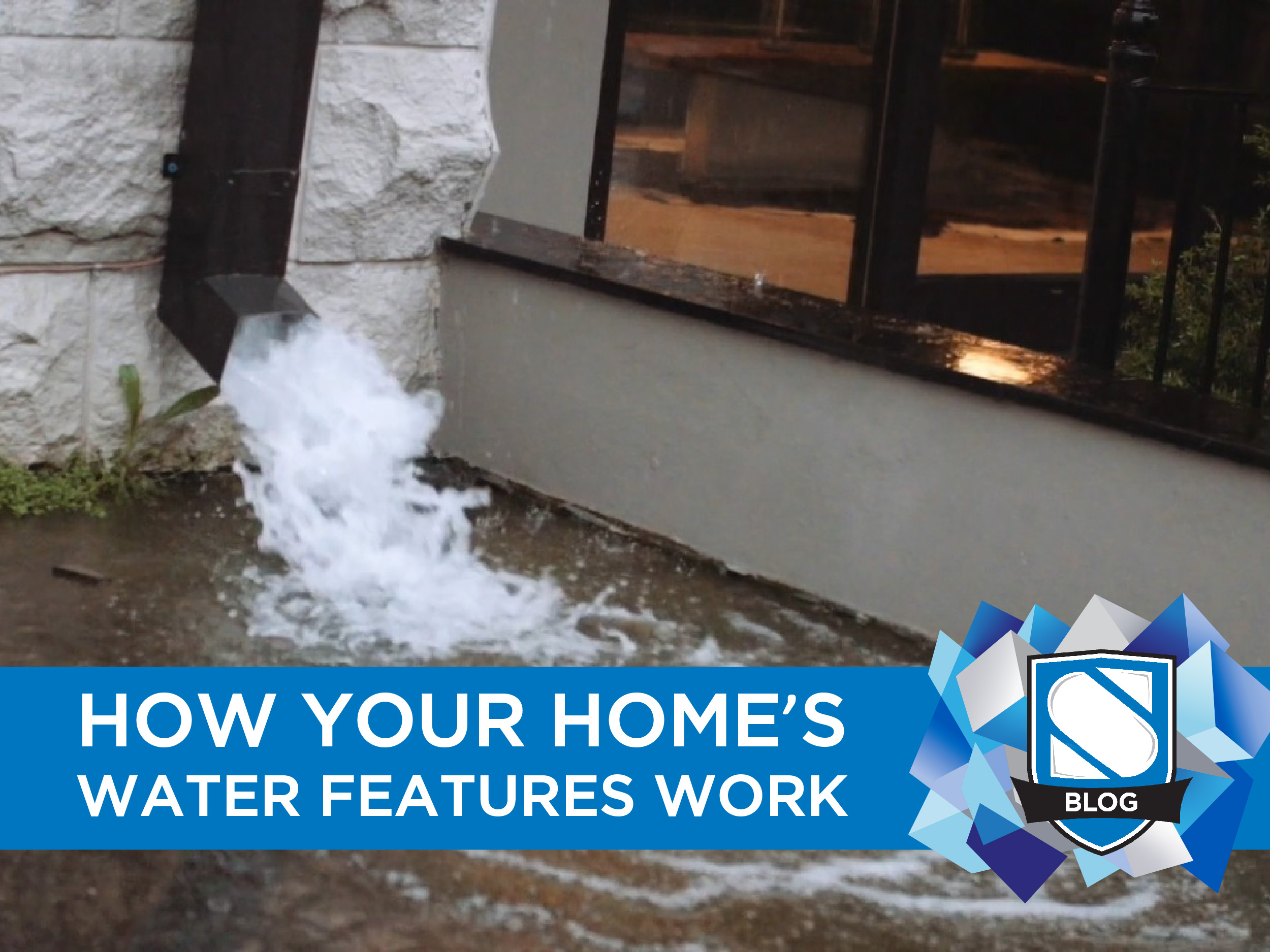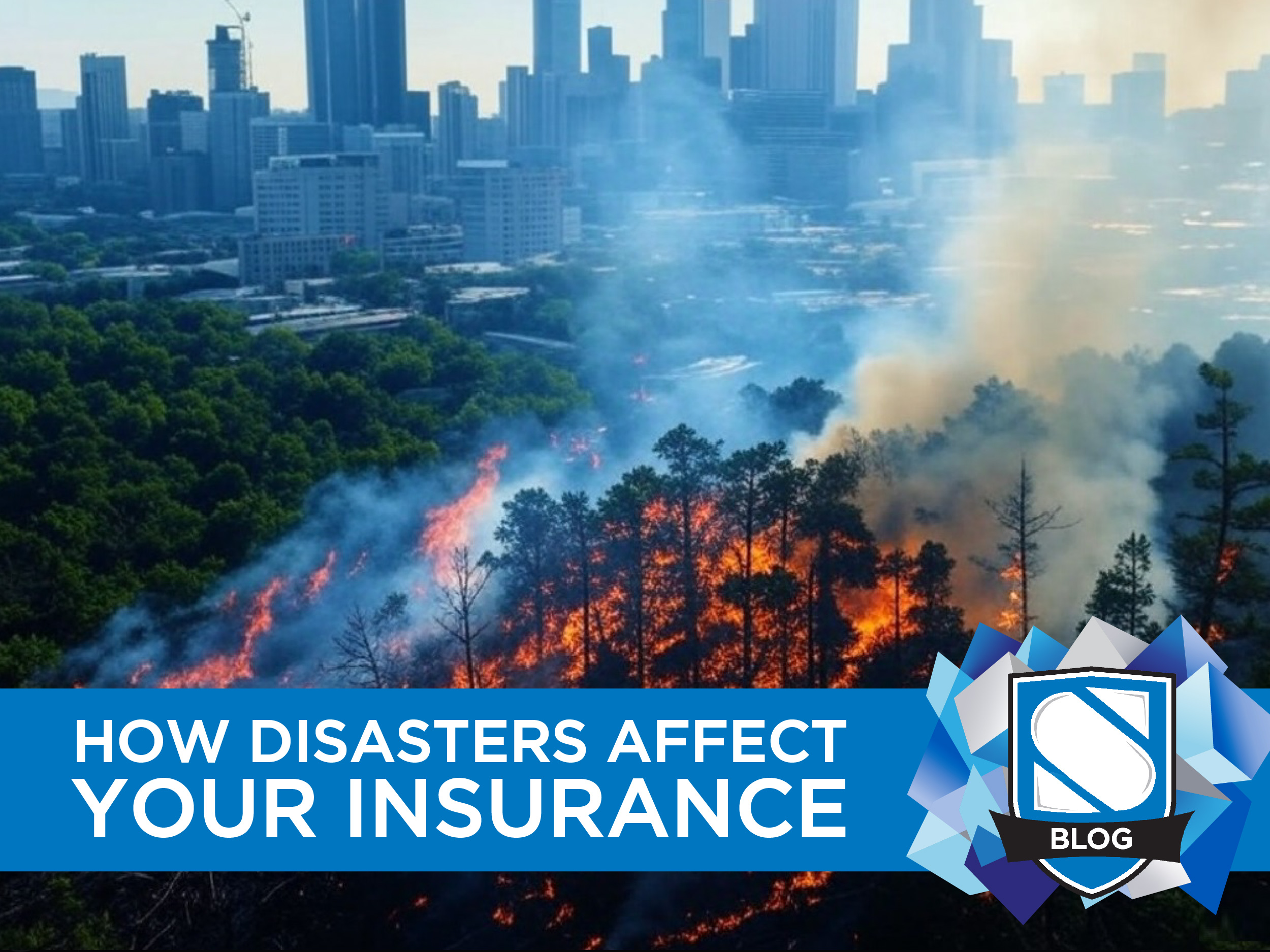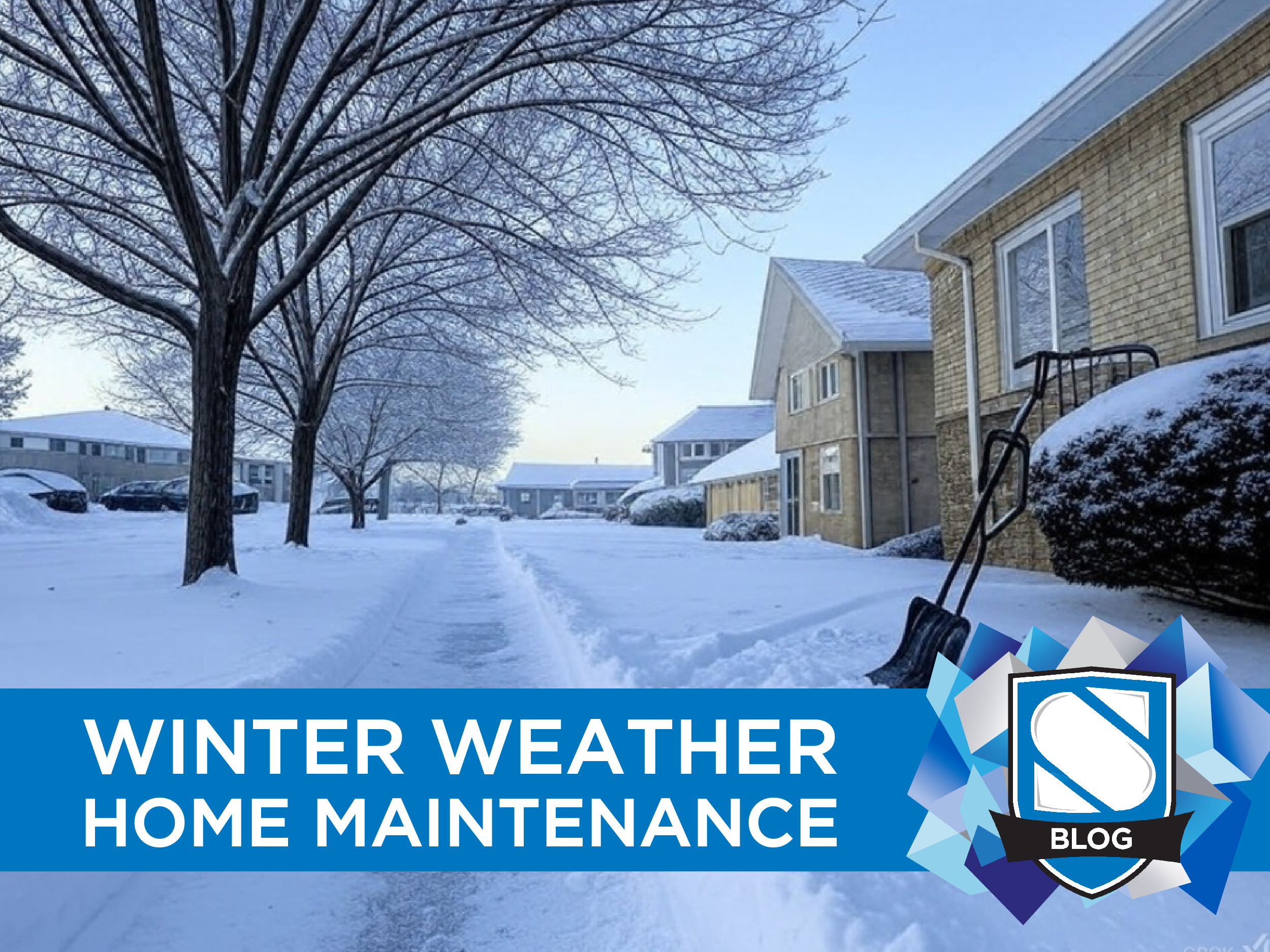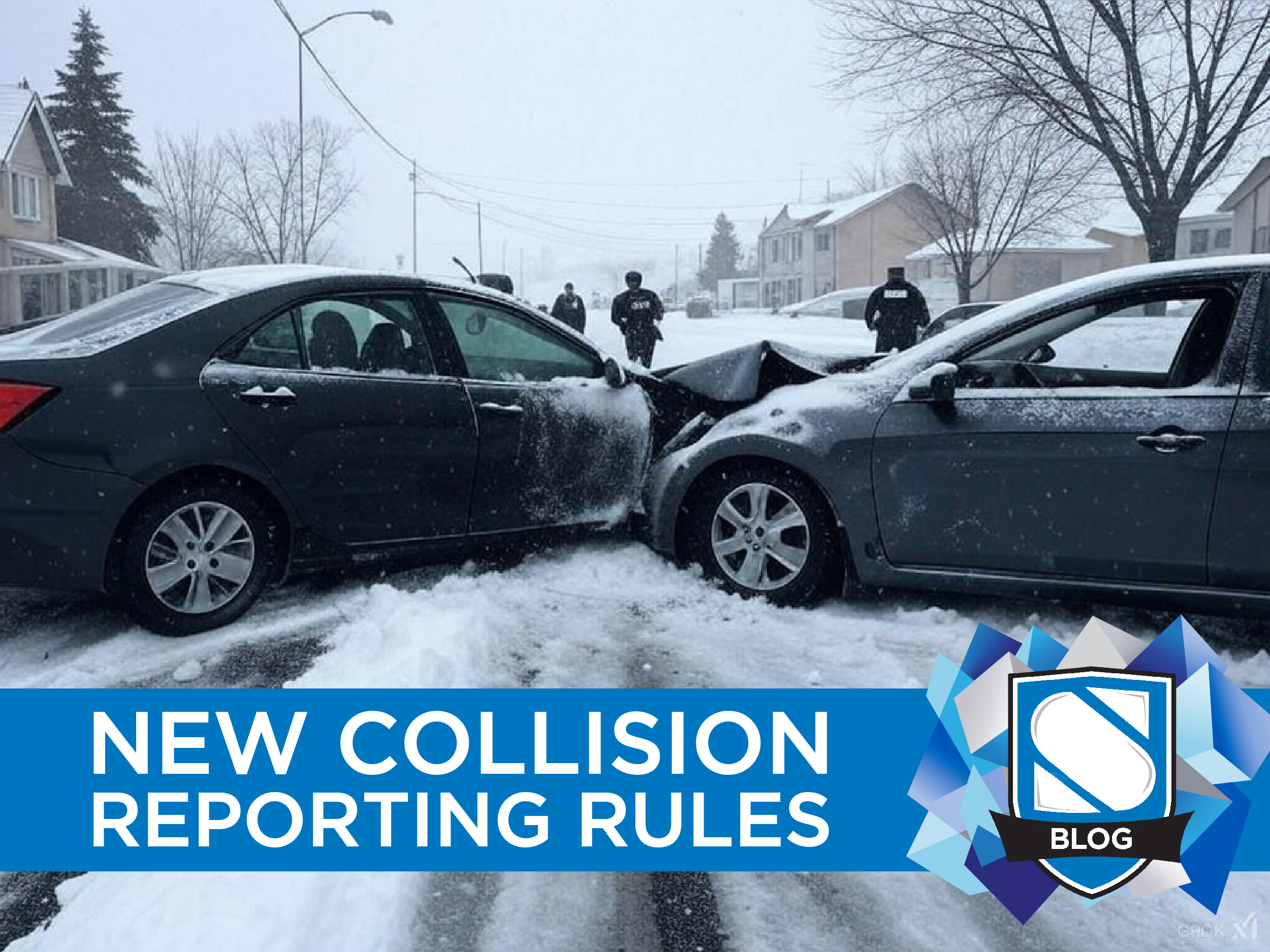As the fall season completely settles into Ontario, temperatures will continue to dip. With the nights getting longer and chillier, many of us will be turning to electric space heaters and blankets to stay cozy and ensure a good night’s sleep.
While there are few things nicer that snuggling up under a heated blanket on a cold night, we can’t forget though that space heaters and electric blankets can represent a real safety hazard.
According to the NFPA, heating equipment represents the second most common cause of home fires in North America. So before you cuddle up under that heated blanket, consider these important safety tips to make sure your room not only stays warm, but safe.
Consider what Type of Heater you’re Using
When you’re shopping for space heaters, keep safety in mind as well as price and heating ability. The three typical types of space heaters you see in stores include: radiative, convective, and filler heaters. Each type has their own pros and cons when it comes to both heating and safety.
Radiative space heaters are the classic “toaster ovens” you’ve likely seen a million times before (they are popular for work sites, fairs, and events). These heaters work by heating up element coils and either allowing the heat to simply radiate off them, or by blowing the hot air with a fan. While these are generally cheap, portable, and good for warming up an area quickly, they are the least safe of all possible options. Even with a protective grate, the heating coils are very exposed and liable to come in contact with other material. Portable fan type heaters that oscillate can also unintentionally come in contact with flammable materials or get knocked over. If you use a radiant heater, place it in a secure location away from foot traffic and with plenty of space around it from anything else.
Convective heaters operate on a similar principle to radiant heaters. These heaters also use a fan to distribute warm air around a room, but the difference is that convection heaters are generally enclosed units with the elements hidden inside. While they take more time to warm up a room, they risk far less accidental exposure. Some convective heaters are even designed to be hung on walls, ensuring that they are kept far away from both foot traffic and other materials, a solid choice for busy households or families with children.
Finally, you have filler heaters. These space heaters often resemble old fashion wall radiators and work by heating up an internally stored fluid (usually oil). These heaters take the longest to warm up a room, but once they do they provide consistent ambient warmth and generally demand far less electricity. The upside of filler heaters is that they don’t have any kind of exposed element, making them a bit safer when it comes to accidental contact. On the downside, if a unit is tipped over it can cause a fire. Most filler units include an automatic shut-down switch that triggers if a unit ends up on its side, but the entire point of a filler heater is that it can stay warm for prolonged periods, so this isn’t entirely foolproof.
For most homes and families, wall mounted convective heaters and well-supervised and positioned filler heaters offer the safest options, but even the safest heaters represent some amount of risk.
Give your Equipment the Once Over
When plugging in your heater for the first time this season, take a second to give it a good inspection. Take a look at the power cord and check for any kind of fraying, notches, or other damage. If the cord is compromised, don’t take a chance on it. Better to bundle up in some extra thick pajamas than risk a fire.
Always be sure to directly plug the heater into a wall outlet. Depending on your home’s layout, it might seem convenient to use an extension cord to connect with an isolated outlet or allow for a more favorable position of the heater, but this can be dangerous. Most extension cords and power bars intended for home use are not designed for the wattage a space heater demands, which can create a fire hazard in itself.
Electric blankets warrant a similar inspection. Check the cord and any visible connections you can see. Pay attention to the condition it’s in. If an electric blanket has been stored improperly (folded up, balled up, or crammed into a drawer), there may be breakages in the internal wires which could lead to a fire.
Test the blanket before using in a bed or fabric surface it by heating it up in a safe location and keep an eye on it for any irregularities. Obviously smoke or any charring are dead giveaways that something is amiss, but you should also check for spots that seem noticeably hotter than the rest of the blanket, that can be an early sign of a malfunction.
Make Some Space
Whatever type of heater you decide to use, you need to give it some room! Space heaters should have at least a 3-foot wide area around them. Depending on the layout of the room, this might be difficult to do, but ensuring that your heater is safe is worth moving around some furniture or rearranging the decor.
Pay particular attention to things like blankets and curtains. Think about the various ways they could come in contact with your heater. For example, do you tend to kick around in your sleep? Do you often find your blankets in disarray when you wake up? If so, move your heater a little further from the bed, just in case. Think about things like closet doors and other obstacles. You don’t need to be knocking your heater over while trying to get dressed in the morning.
All of this might seem a little over zealous, but going to the extra effort to prevent any problems before they happen is a lot better than rushing for the fire extinguisher in the middle of the night!
Staying Safe
Speaking of fire extinguishers, you know where yours is, right? Good fire extinguisher maintenance is always important, but you’ll want to be a little extra careful when breaking out the space heaters and electric blankets. Make sure your extinguishers are accessible, charged, and ready to go for the season. Same goes for your smoke and carbon monoxide detectors. Go around the house like Smokey the Bear and test out all your fire safety equipment.
Once you have them set up, never leave an electric blanket or heater unattended. It’s so easy to get distracted and forget about an electric blanket in the other room if you’re not actively thinking about it. If you have pets or children in your home, you don’t want them getting burned by a space heater in another room while you’re not looking. Get in the habit of turning off all your heat sources whenever you step away.
Also, check to make sure your electric blanket has an automatic shut off timer and test it out to make sure it works. If it doesn’t, don’t sleep while using the blanket. I know, the whole point of having an electric blanket is so you can curl up and sleep like a kitten, but if something goes wrong while you’re asleep you won’t be able to react before the situation gets out of hand.
Used safely, space heaters and electric blankets can be your best friends on a cold night. Follow the tips above and always stay aware of their potential dangers and you should be set for many warm and cozy evenings to come.














0 Comments